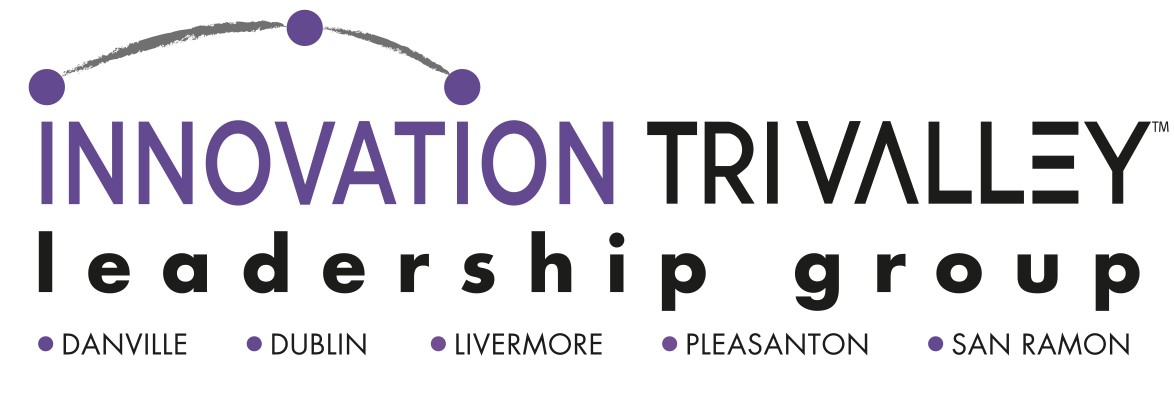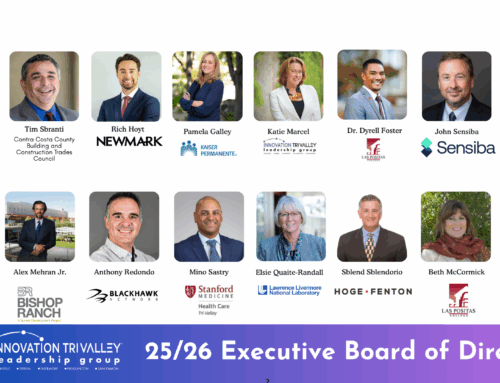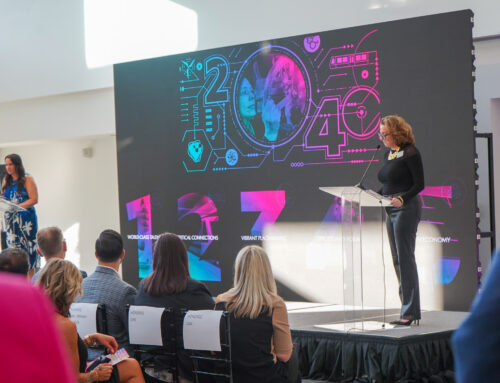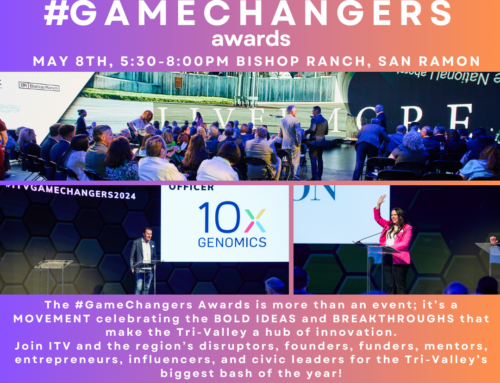 Danville San Ramon: June 23, 2020
Danville San Ramon: June 23, 2020
Developing a vision for the Tri-Valley in 2040 is a challenging task by definition. Throw in the huge number of unknowns because of COVID-19 and it becomes a real guessing game.
Jeff Bellisairo of the Bay Area Council’s Economic Institute is leading the process for the Innovation Tri-Valley Leadership Group. Last Tuesday, he convened two panels on Zoom to see what insights he could garner to guide the work.
Steve Lanza, innovation’s chairman, set the stage by noting the goal is to leverage the area’s existing strengths with bold new ideas. Housing and transportation are key pillars that need to be addressed as well as education and the innovation ecosystems. They launched last year and had hoped to be further along by now absent the pandemic.
The first panel featured Darlene Solomon, the chief technology officer of Agilent Technologies, Bloomberg opinion columnist Noah Smith (speaking from New Jersey) and Nick Bright, former senior executive with Applied Materials and Lam Research. Smith earned his undergraduate degree at Stanford and his doctorate from the University of Michigan.
Smith said that while pundits have been expecting the internet and other developments to diminish the importance of cities, it’s done just the opposite until the virus surfaced and forced knowledge companies to have employees working from home and meeting virtually. He said that the Nimbys in the cities limited new housing thus sending housing prices soaring and the middle and lower economic classes in search of a new place to live. He bluntly said in these days of racial unrest that many urban policies were set up in the 60s, 70s, and 80s to keep black people out.
The guessing game is whether the companies believe that the remote working can result in the collaboration that leads to innovation and better products. What it won’t do is provide the serendipitous meeting that puts people together.
The local panel featured Les Schmidt from the BRIA artificial intelligence accelerator at Bishop Ranch in San Ramon and Brandon Cardwell, the executive director of Daybreak Labs in downtown Livermore. His group focuses on hard tech and life sciences as an incubator. Brandon cited the importance of the random collisions that lead to discussions and collaboration.
Les observed that all over three years every company at BRIA has been remote and they only saw the founder/CEO. He emphasized the importance of the serendipitous meetings because he believes it will be multi-disciplinary teams that propels innovation forward (Lawrence Livermore has done its big science this way since its founding). You need a high-density talent pool—something the Tri-Valley already has in some sectors. Smith cited technology guys meeting in bars in Palo Alto led to the formation of the Silicon Valley and its culture.
Brandon cited a Pew Research Study that said Gen Z (born in 1996 or later) is going to be most educated and diverse generation ever. Half of the workers under the age of 30 will be of color. What are the ramifications of that for the talent pool?
The valley has grown dramatically more diverse in the last 10 years as it has attracted well-educated, well-compensated professionals looking for a quality community with excellent schools to raise their family. It has the highest percentage of adults with an advanced degree (26%) of the Bay Area’s regions (Silicon Valley is second at 25%).
So, wish Jeff, Steve and their colleague luck as they gaze into a very cloudy crystal ball and try to discern key strategies and action plans to enhance an already great $42 billion local economy and maintain the quality of life.






